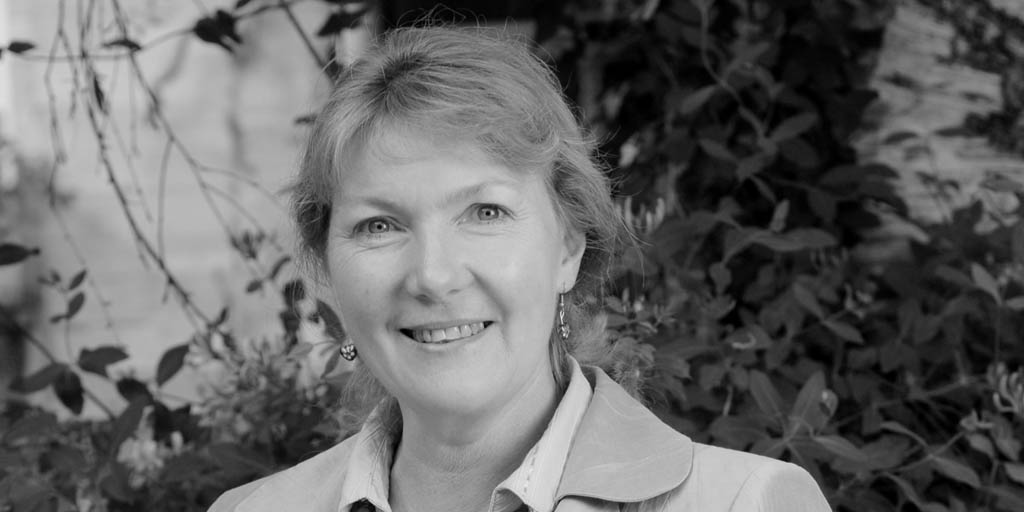Wind Turbines and Solar Arrays are marching in on Lincolnshire, helped by tax payer subsidies. Where is the balance between what we need and the effect on our greatest asset after its people – Lincolnshire’s countryside?
Do we want 330ft (100m) turbines dominating our countryside? That is about twice as high as the hill on which the Cathedral sits, and a lot higher than the Cathedral itself. Whether you like the look of them or not, at this size, they cannot fail to be visually intrusive, giving an industrial appearance to our rural landscape. Applications are coming in for even higher turbines at 126m and 150m (around 500ft) — higher than the Cathedral and the hill put together.
The size of the turbines is indicated in the traffic required to build them; just five smaller turbines proposed recently at Hough needs 44 vehicles and lorries per day for 11 months.
The blades do kill wildlife, so how much is acceptable? How sensitive are the particular populations, whether it is birds of prey such as Harriers or rare Barbastelle bats? Bird and bat deaths have been measured to be thousands in some studies, less in others. For example: 23 birds and 59 bats killed per turbine, per year (Jain et al 2007).
Promoters of industrial wind power often try to divert our attention to the carnage wrought by cats, windows and cars, suggesting that makes it alright. However, even using the data compiled by consultants, hired by the wind power developers, it is clear that industrial wind turbines do create a high density of kills.
Turbines along migratory fly ways, such as the River Witham and the surrounding fen area are particularly inappropriate and should be avoided. This also happens to be some of our very best agricultural land and the last thing needed is concrete piles in the ground, which would be so expensive to remove that they will probably be there indefinitely and cause problems long after the turbine itself has gone.
Solar panel arrays may seem like a better idea, being 8ft (2.5m) high, which could be behind a hedge, but how about the current applications coming through of up to 62ha – each? We already have some solar panels on the houses they serve, which has a sort of logic. It is a question of appropriate size and scale.
Efficiency
To get the same amount of electricity from wind turbines or solar arrays as from fossil fuel power stations, we have to use up a lot of land. Worse, the big problem with turbines and solar arrays is that we cannot store the electricity efficiently, so we still need a fossil fuel power station for when the wind doesn’t blow or the sun doesn’t shine.
Although broadly adjustable, power stations do need to keep burning at a high temperature all the time. They need to be ready when they are needed, and getting them back up to temperature is expensive.
The back-up power station adds to the costs of the wind turbines. A study carried out by the Royal Academy of Engineering in 2004 showed that one kilowatt hour of electricity produced by an onshore wind turbine cost 5.4p in total; more than double that of power from gas (2.2p), nuclear (2.3p) or coal fired plants (2.5p). Offshore wind platforms are even more expensive at 7.2p per kilowatt hour – three times as much.
Using the land underneath the solar arrays as pasture is a possibility but there is no free lunch – certainly not for the sheep. Grass needs soil, rain and light to grow and these three items will be in short supply under glass and concrete.
Community Benefit
Developers often have to pay a contribution to the community to help counter the impacts of their development. Firstly, it is not a lot per household per week and not a lot compared to their profits. Secondly, these cannot be relied upon and cannot be treated as bribes. After the development has permission, an applicant can seek to renegotiate, for example if the taxpayers subsidy drops or the build costs are higher than expected. The short-term financial gain should be treated with great caution. Once the turbines are up, the ongoing additional local jobs will be minimal and the major profits siphoned elsewhere.
Our quality of life comes when we have things in balance (all things in moderation). We do need to use so-called renewable energy sources, but the scale must be appropriate and socially acceptable and the price affordable. But most of all we need to keep our energy use down as the current growth is not sustainable long term, whether it comes from wind, sun or coal.
Marianne Overton is the Independent County and District Councillor for Navenby and Branston District and the Cliff Villages. Also leader of the Lincolnshire Independents, a county-wide support network. Twice elected national Leader of the Independent Group of councillors for England and Wales and Vice Chairman of the Local Government Association.






